The Galapagos Islands was one of those famous islands or island groups that I just HAD to see. So, now I've done it. A few thousands miles southwest is another--Easter Island. I'll visit there next January. One by one...
Charles Darwin made the Galapagos famous after he published his theory of evolution, based upon the concept of natural selection. He came upon that concept when he visited the islands in 1835 as the naturalist aboard the HMS Beagle. He was particularly fascinated by the variation in the beaks of finches. He eventually reasoned that the variation occurred as strategies to become more efficient at finding food under differing environmental conditions.
The islands, 21 in all, are volcanic in origin and are on the equator a thousand miles west of Ecuador. The oldest is at least eight million years old, and the newest is about 10,000 years old. But they are still forming, much like the Hawaiian Islands are--formed because a "hot spot" beneath the moving Nazca Tectonic Plate upon which they reside pumps up molten lava.
I spent eight days touring there in February (following visits to the giant "old folks home" called Florida and the Virgin Islands), but one could easily spend weeks--or months as Darwin did. But I have other places to visit, so I came home for a few weeks to rest up for my trip to Tunisia.
Landscapes and plants of the Galapagos Islands
The landscapes of the Galapagos are highly variable, from new lava flows and "moonscapes" to mangrove groves to farmed grasslands. And the altitudes vary from sea level to 5,600 feet high. Consequently, the plants that grow there are highly variable, as well.
Tortoises
For many, to see the tortoises of the Galapagos is the main reason they go. They are huge, as large as 550 pounds. About 15,000 of the giant tortoises are left from an estimated 200,000 when humans first arrived--and promptly began eating them (mainly sailors). And they can live to be 150 years old. (Funny, you'd think they'd all want to swim to Florida.)
Iguanas
Judging by the shrieks and comments by many on my tours in the islands, nothing creeps out and freaks out people more than iguanas. And they are EVERYWHERE! On sidewalks, decks, and parking lots. And with some species up to four feet long (including very long tails), one must constantly be on the lookout for them. I often wondered if their mothers could actually love their young.
Sea lions
Though not as numerous as iguanas, sea lions can often be difficult to avoid at times, as they love to hang around docks where people congregate. And they really seem to sleep a lot.
Birds, fish, and crabs
Being on the equator, one sees lots of pretty birds and fish (lots seen while I was snorkeling) never seen in Wisconsin. Some nifty crabs, as well (though not pretty).
Well, that's a big one off my "list," being on it for a quarter century or so. One by one, I'm checking them off (I had a "bucket list" before the movie came out) -- so that I'm not doomed to an eternity of regret in case one or more are left "unchecked" before I "check out."
Should one visit the Galapagos? Yes, if you want to see lots of wildlife not found in Wisconsin or if you want to be where the idea of evolution began or if you want to hang around the equator for a while. Or, finally, if you want to say the cool word Ga LOP a gos while actually being there.

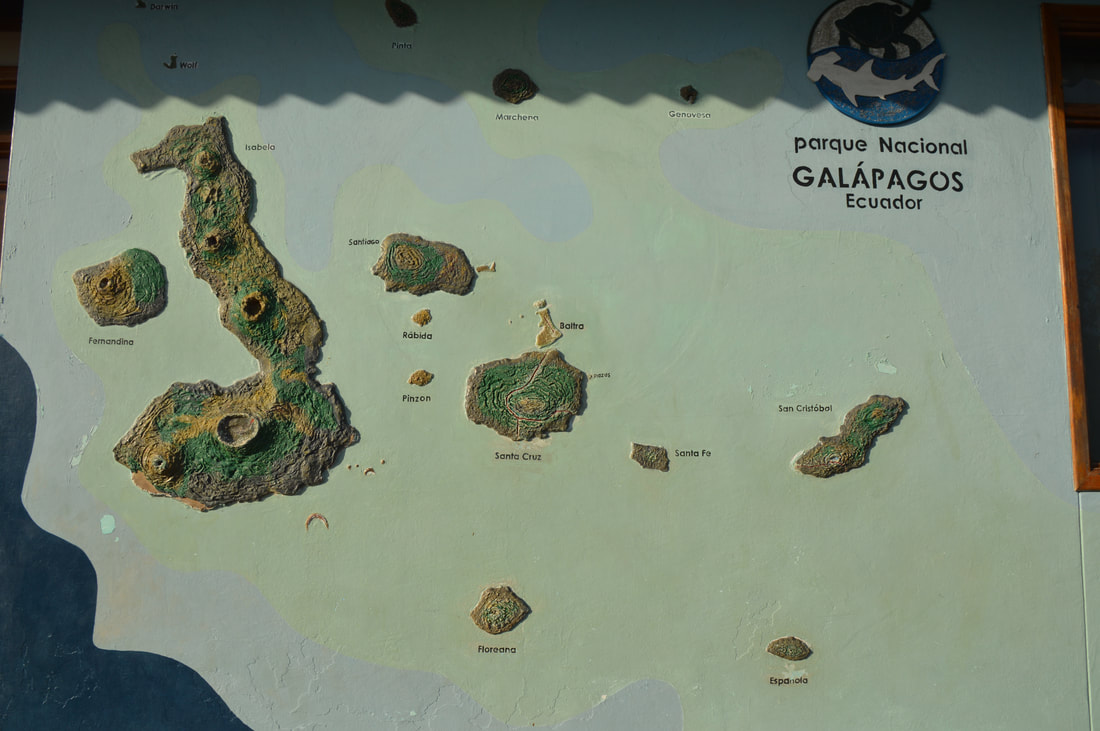
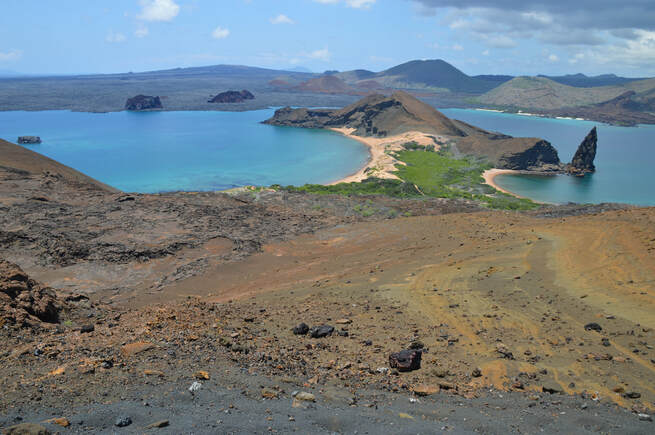
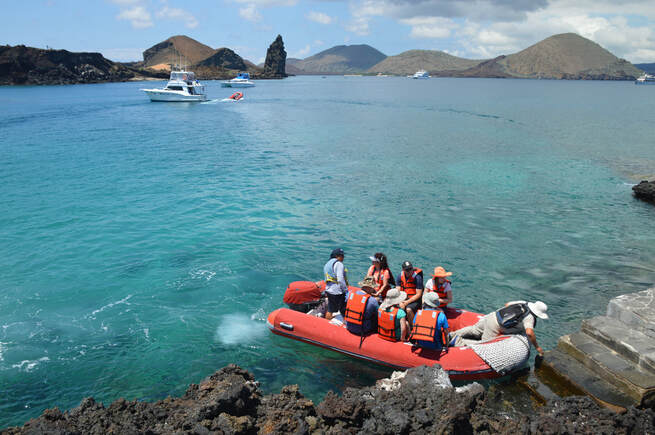
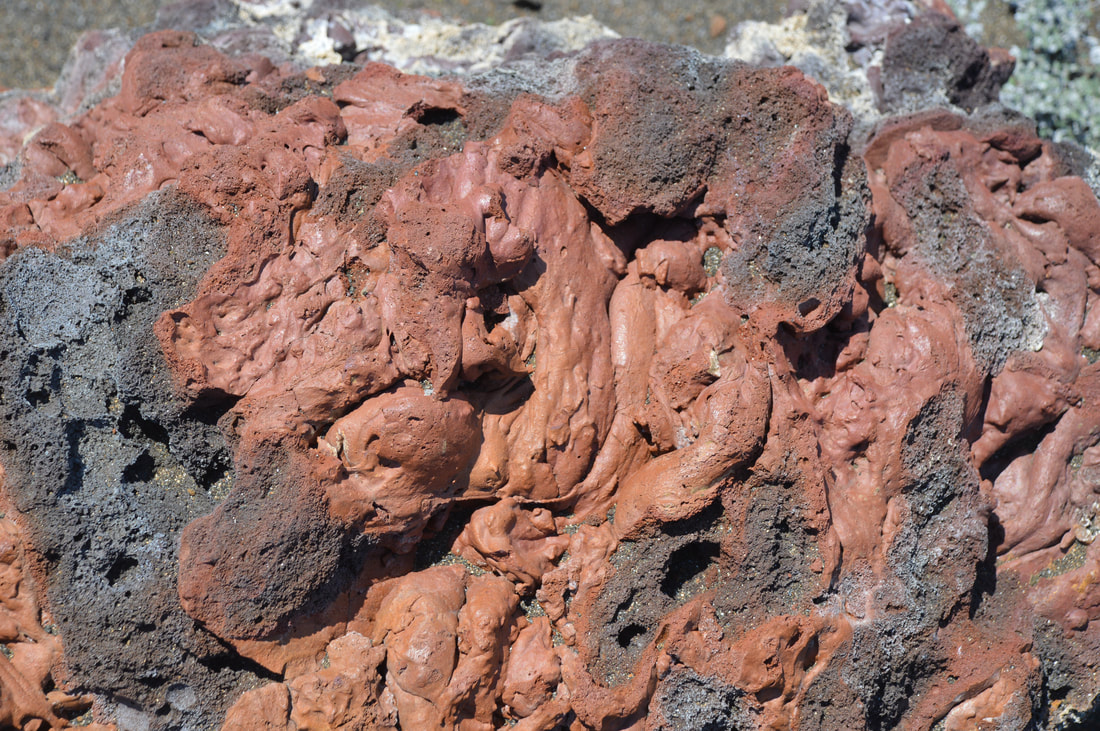
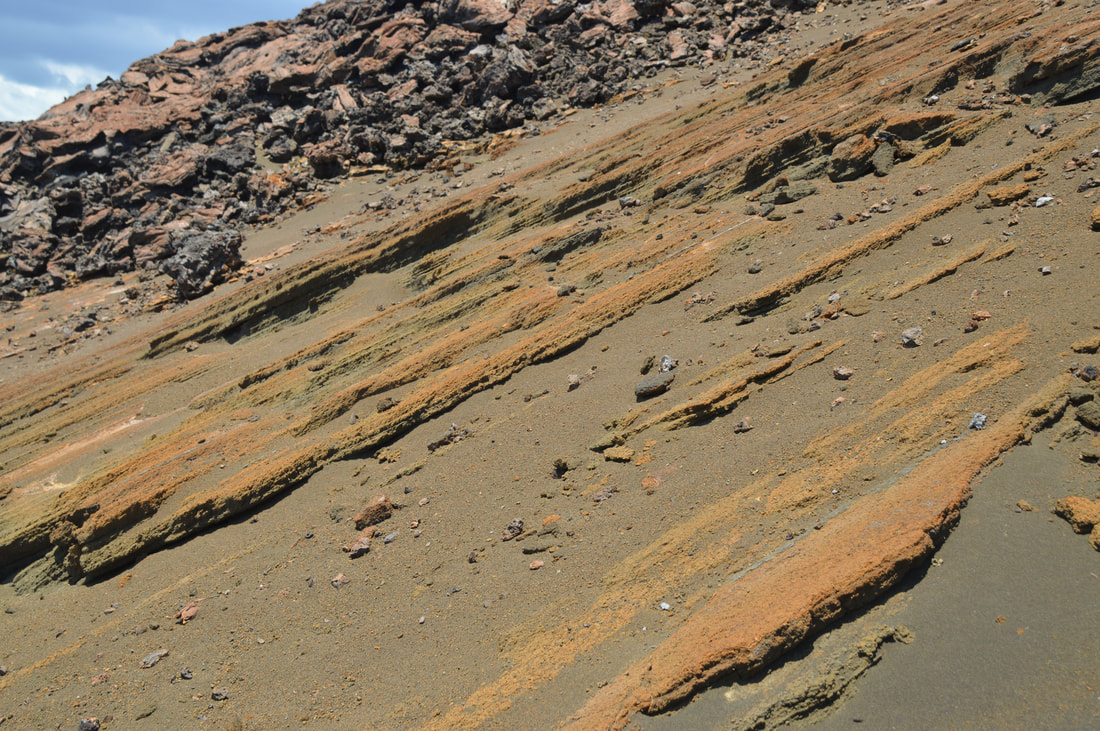
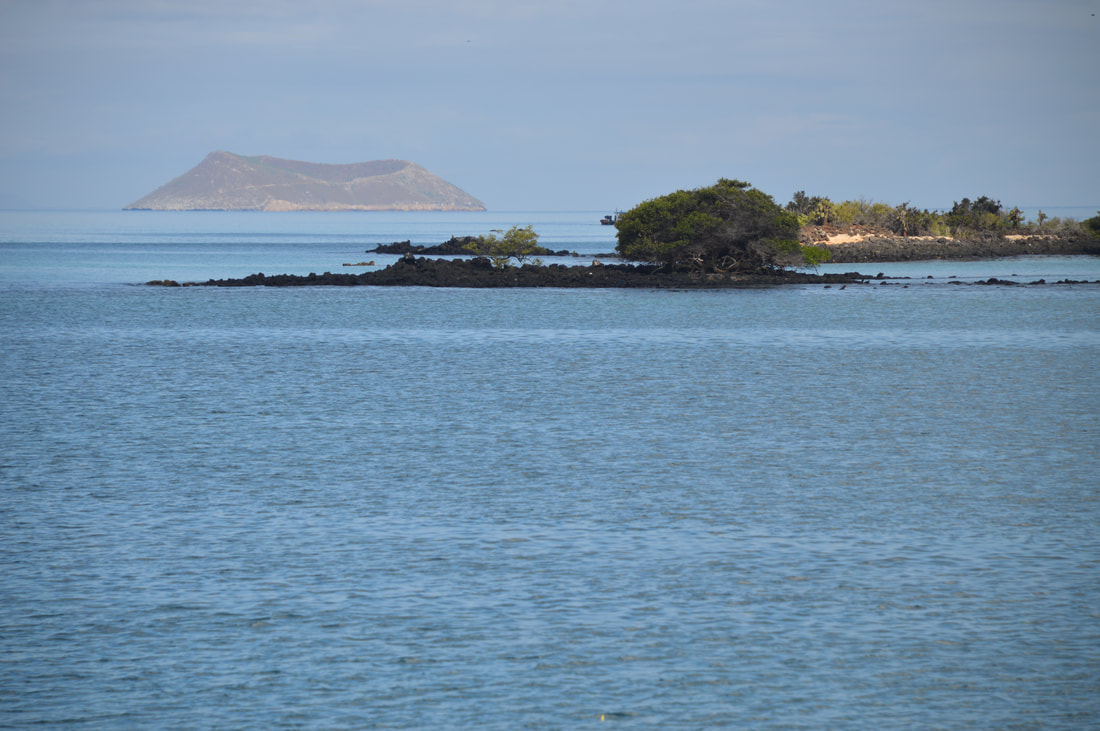
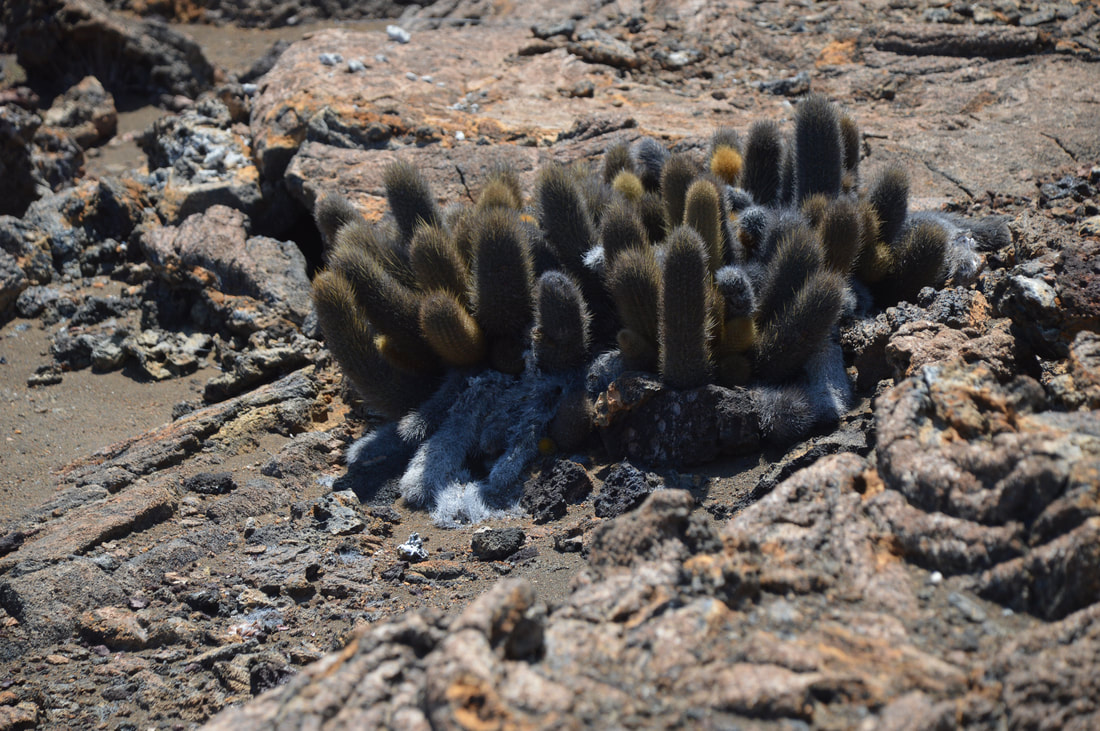
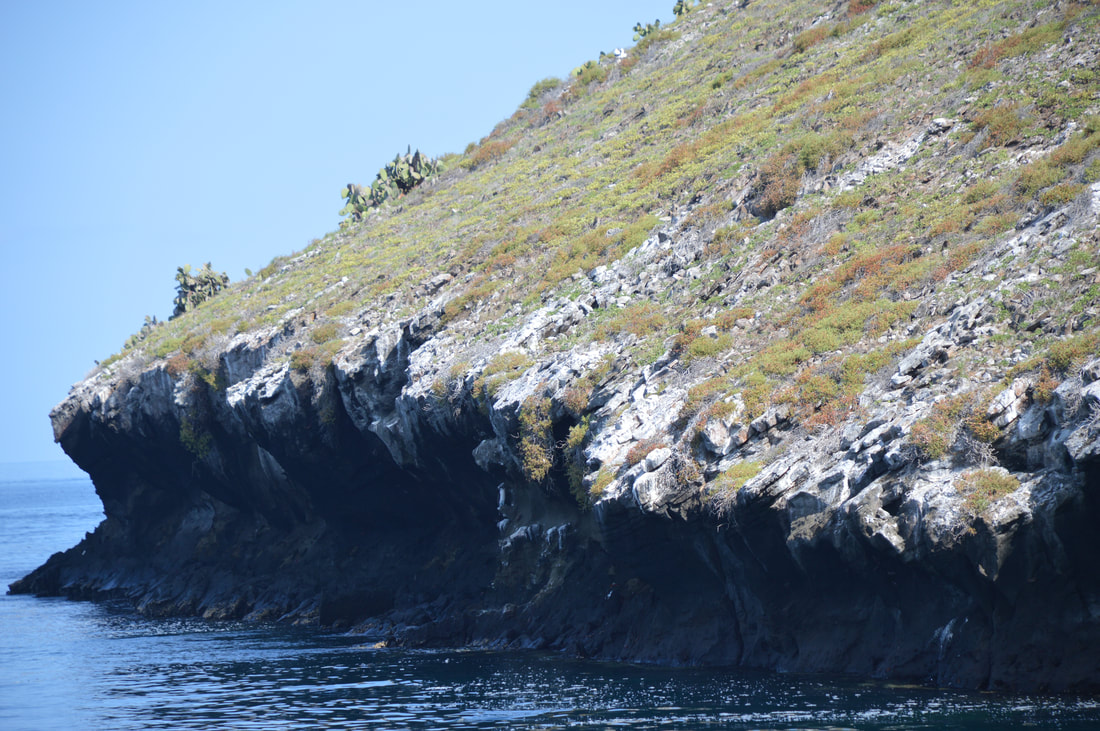
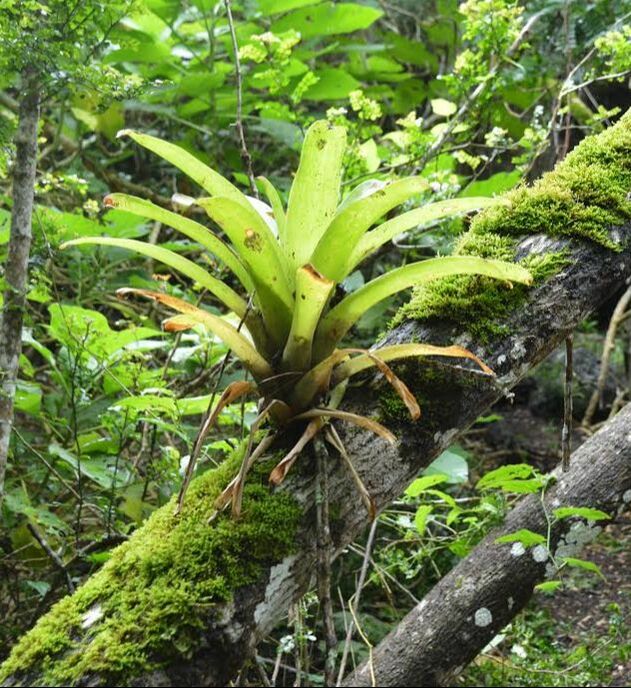
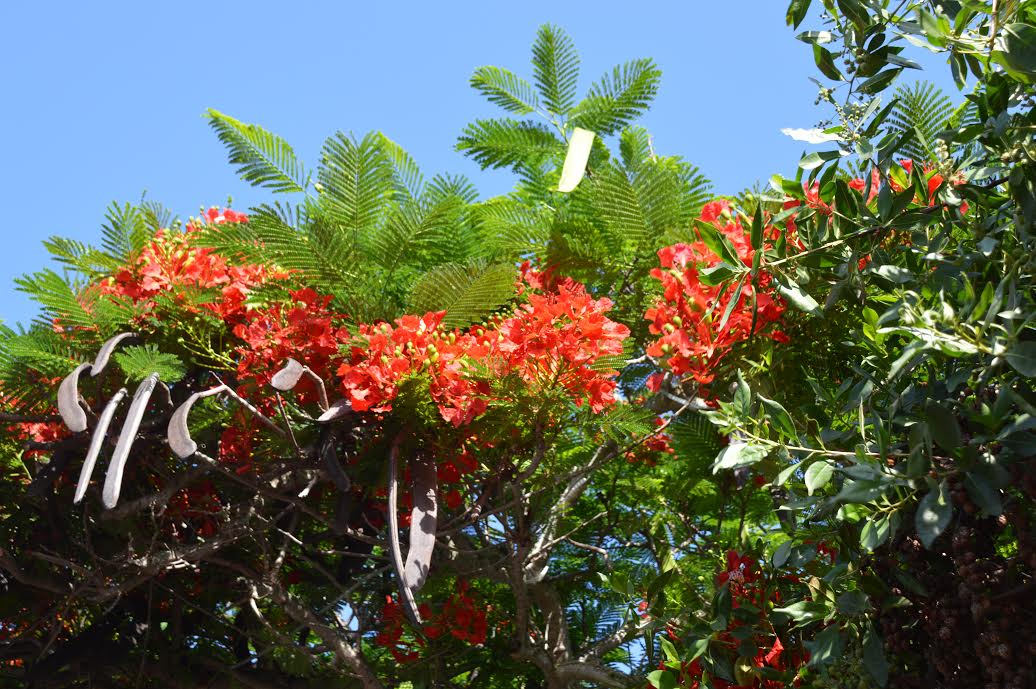
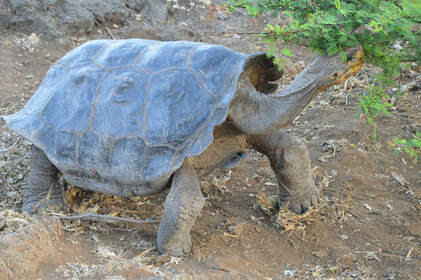
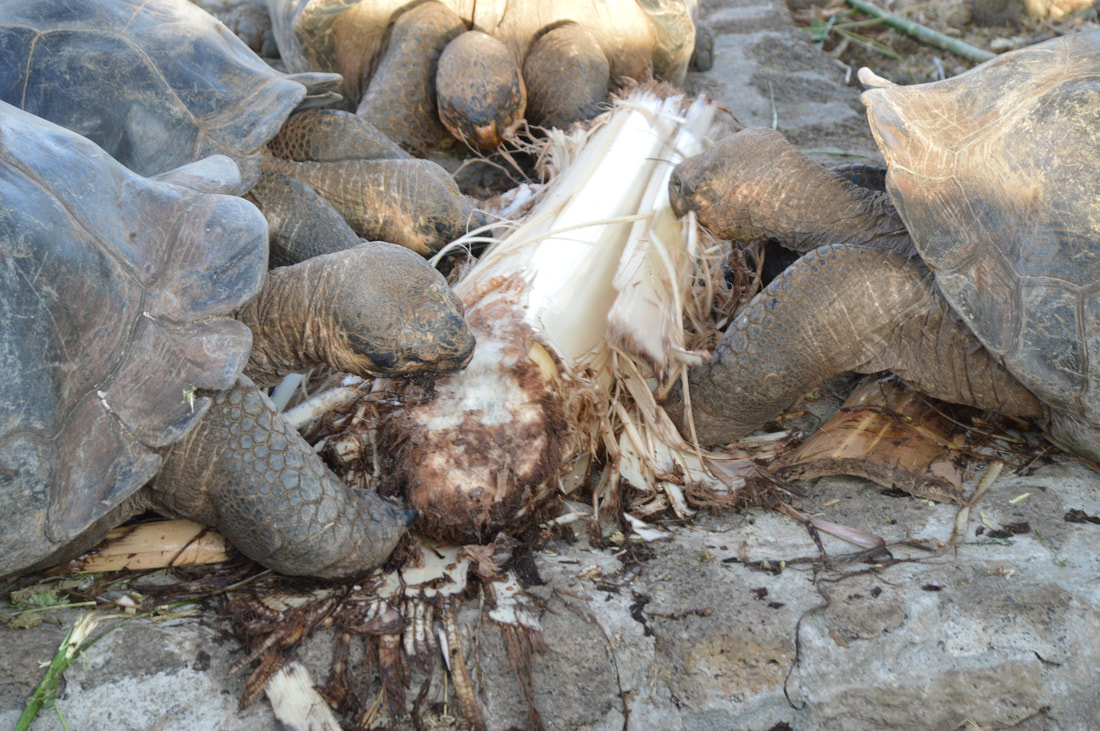

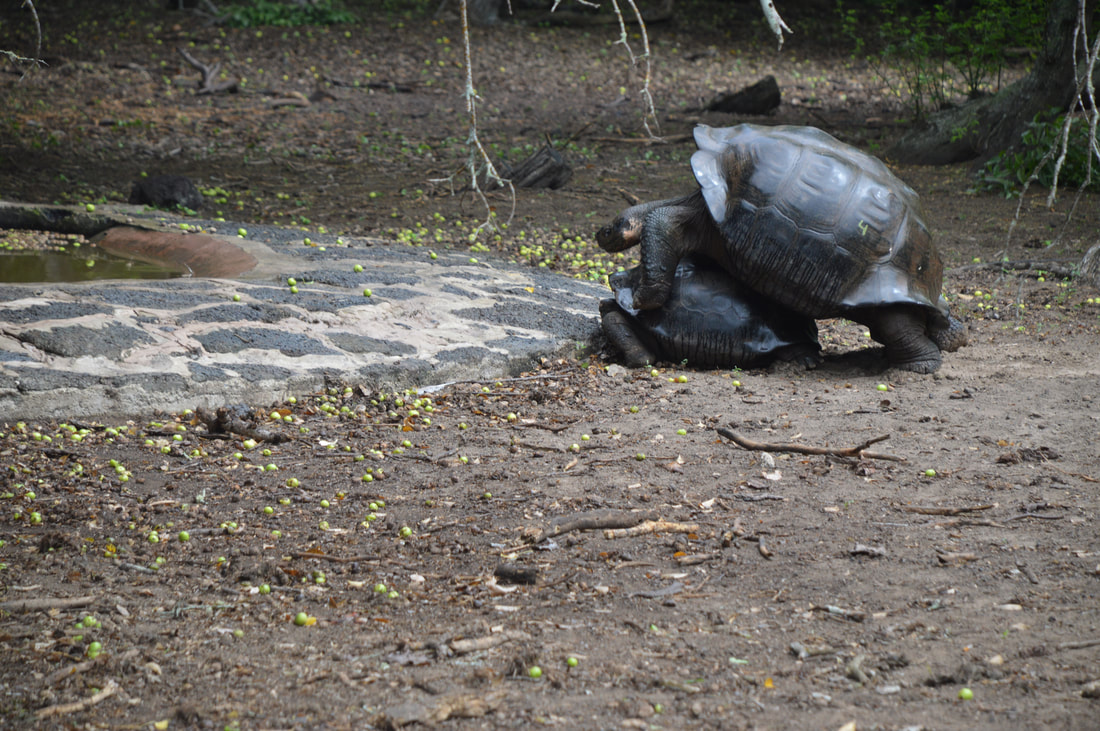

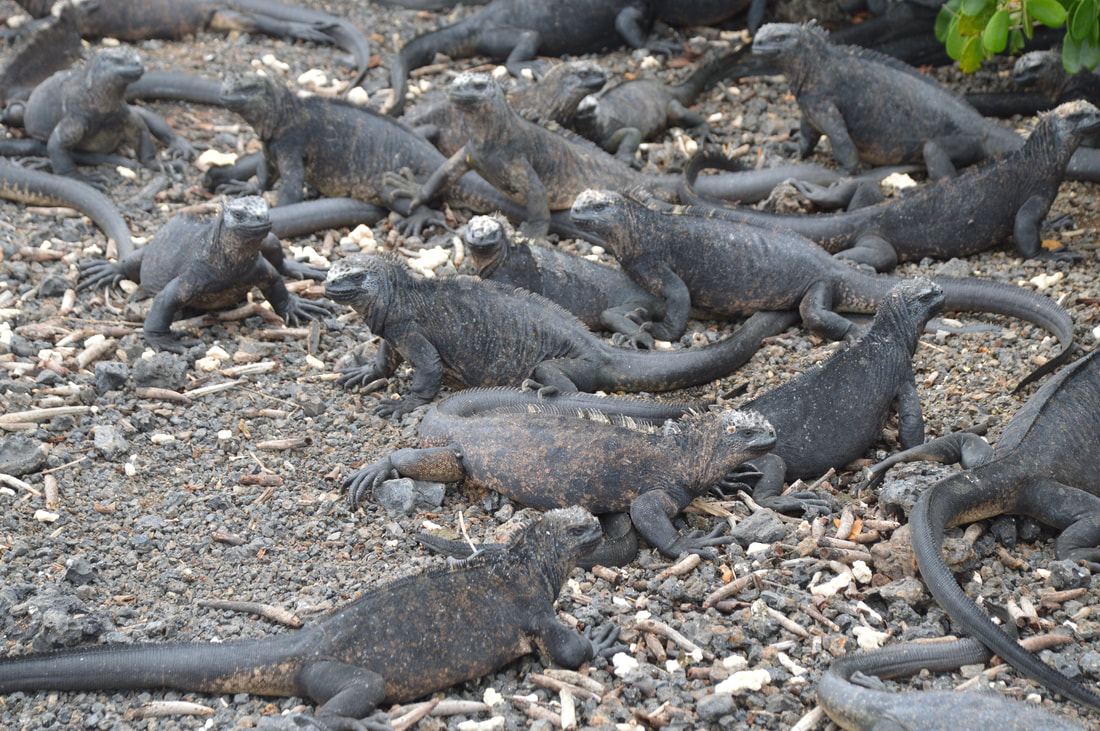
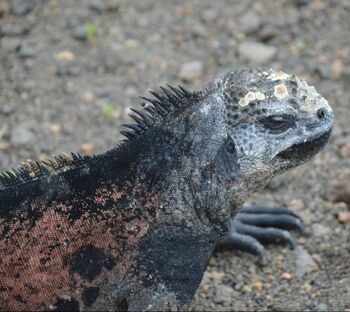
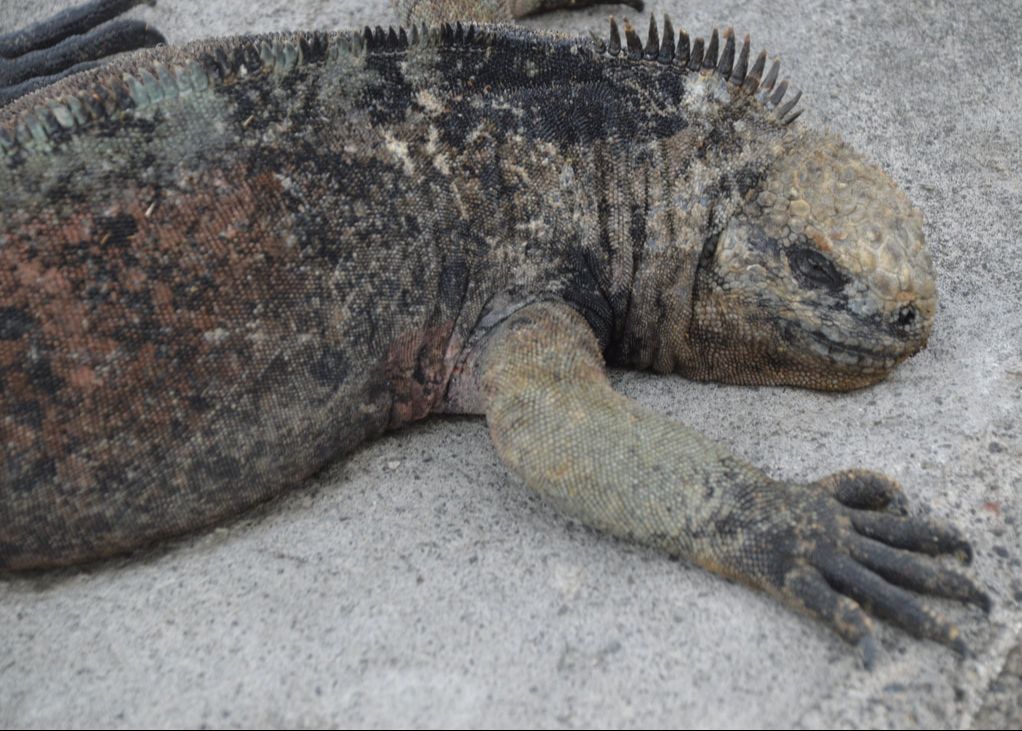
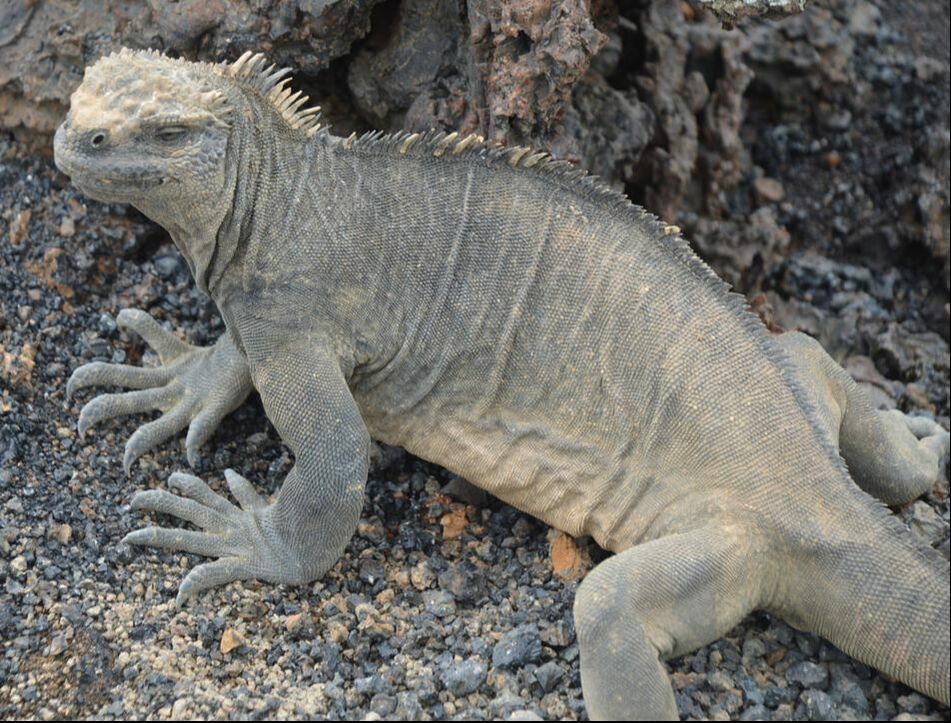
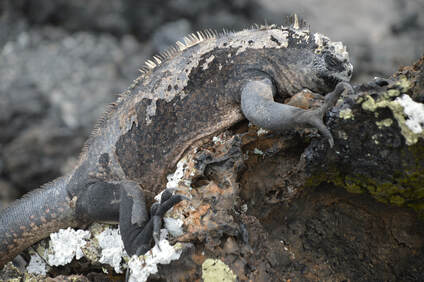
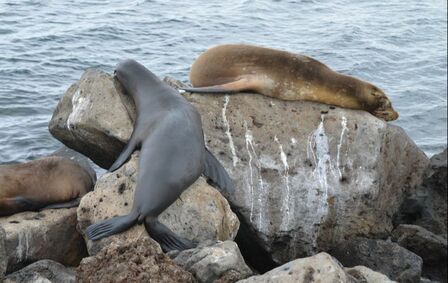
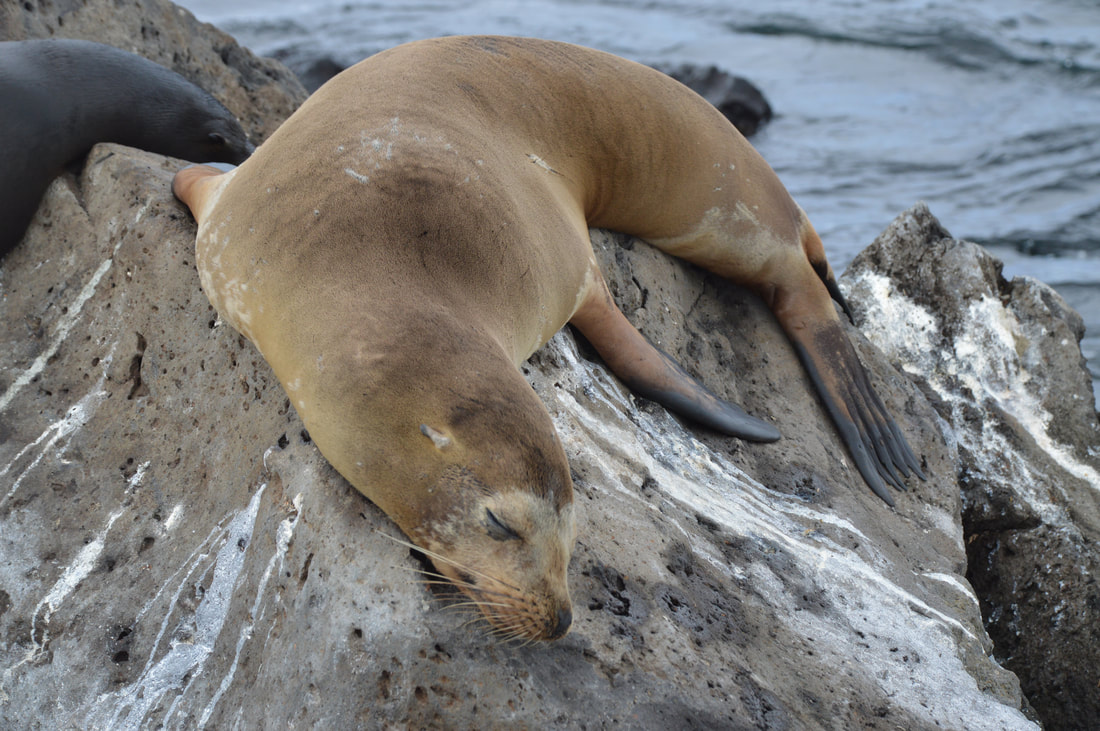
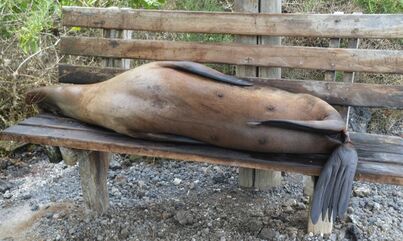
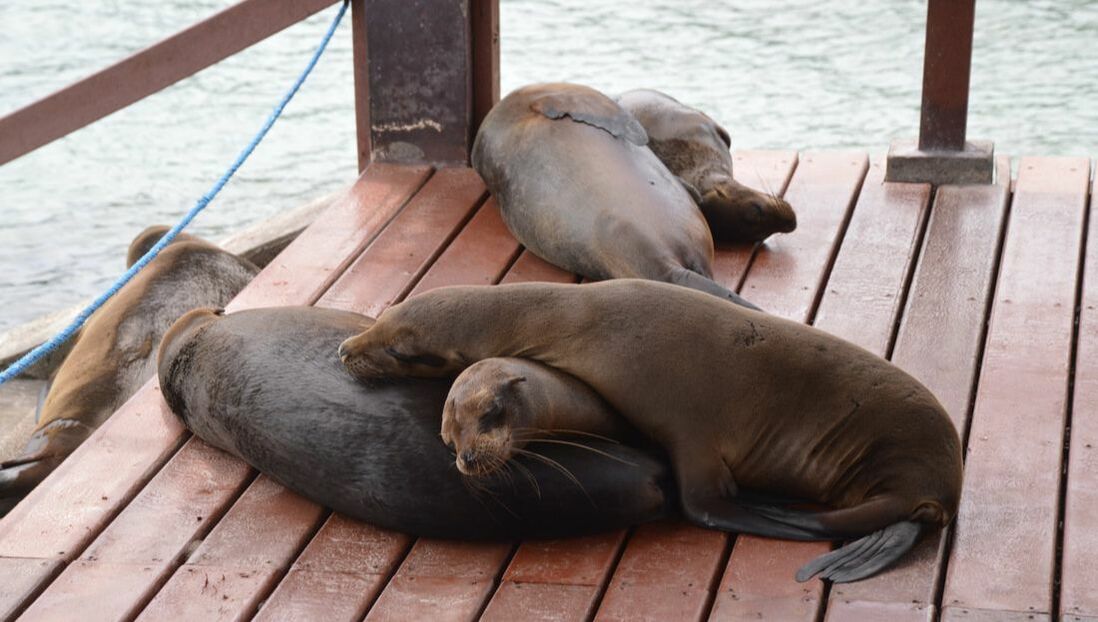
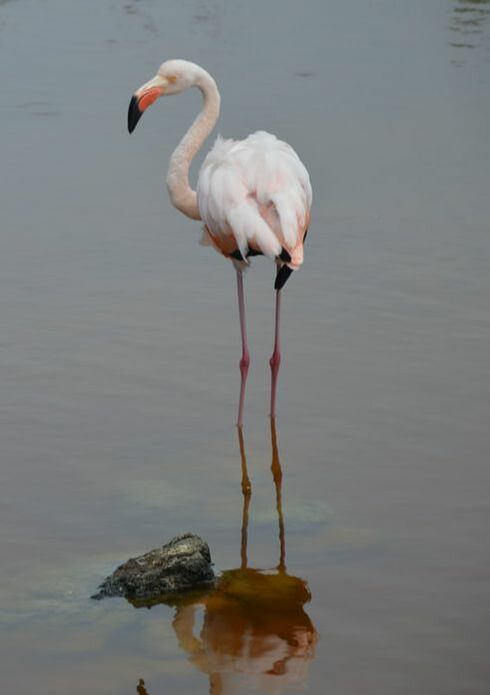
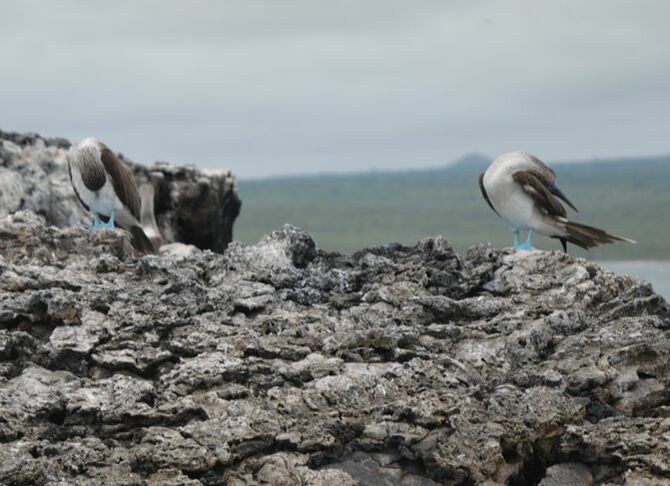
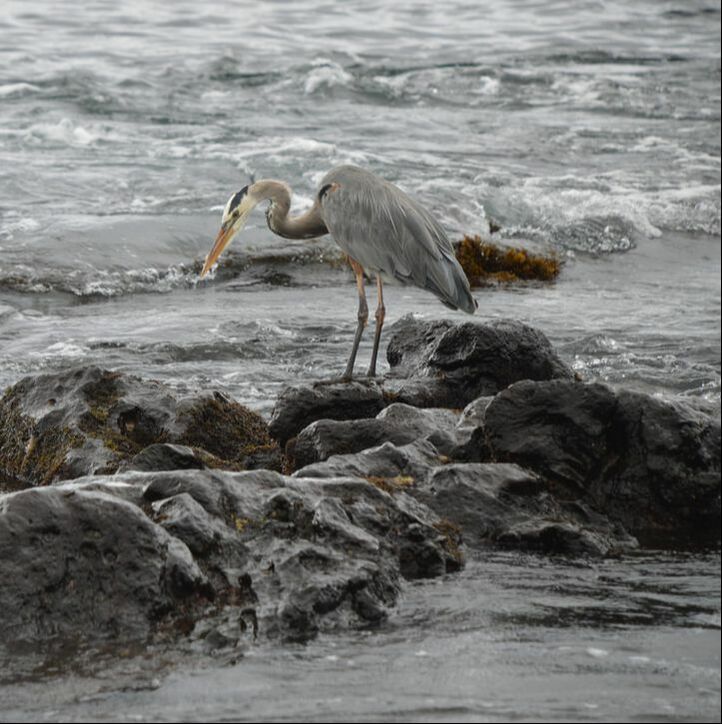

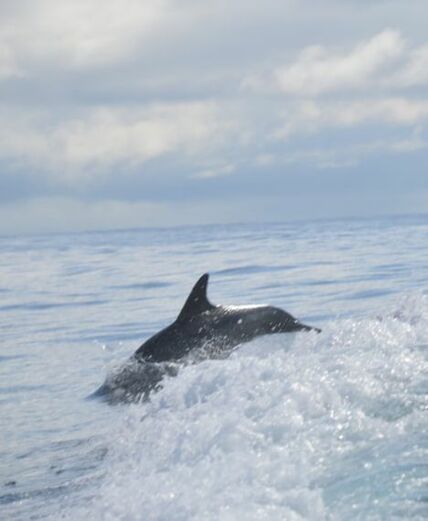
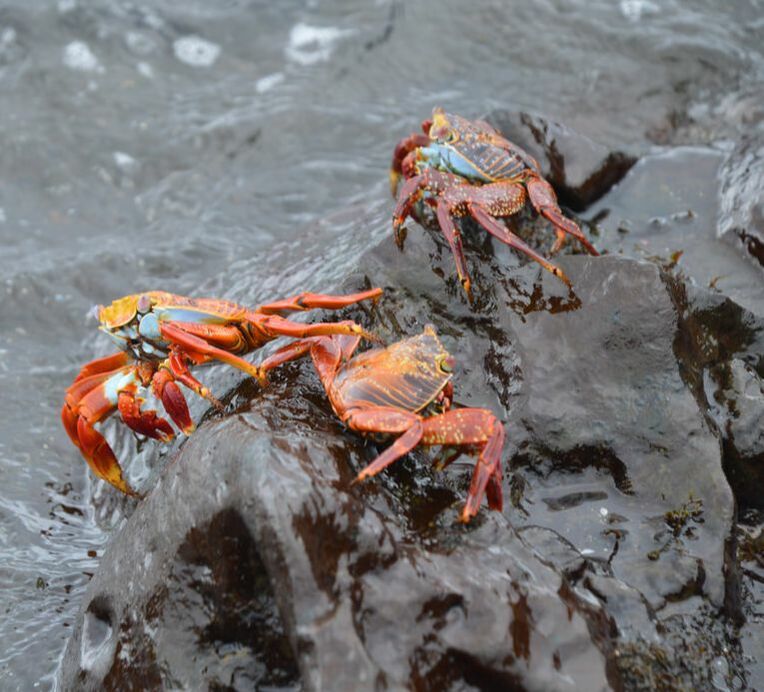
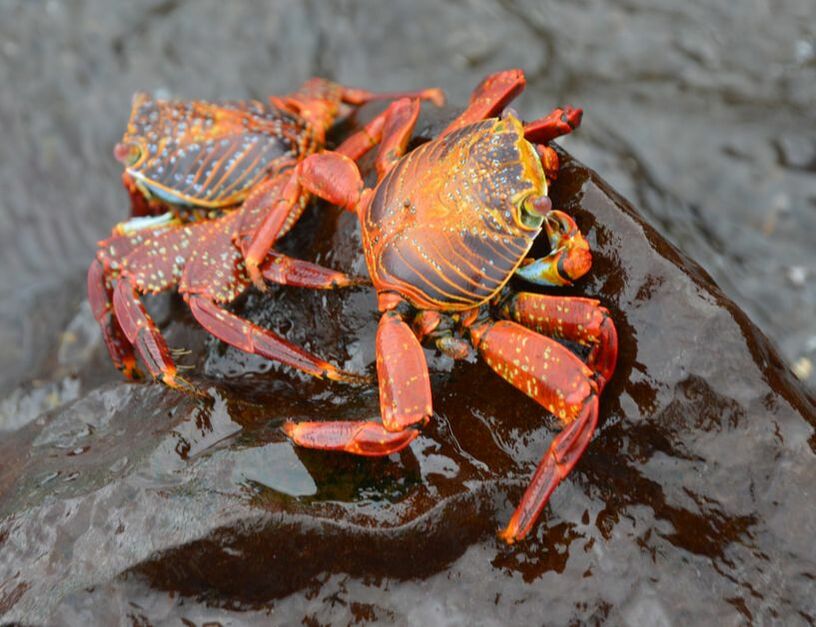
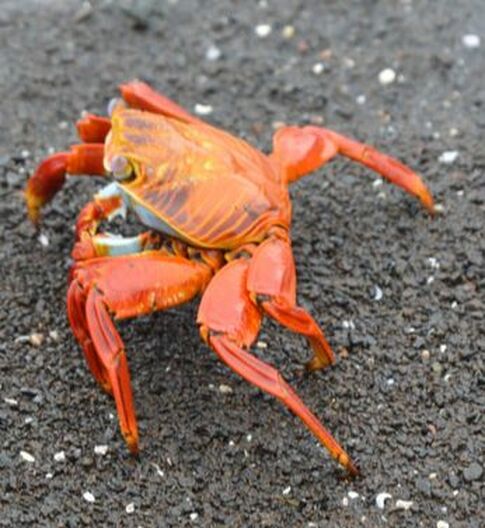
 RSS Feed
RSS Feed